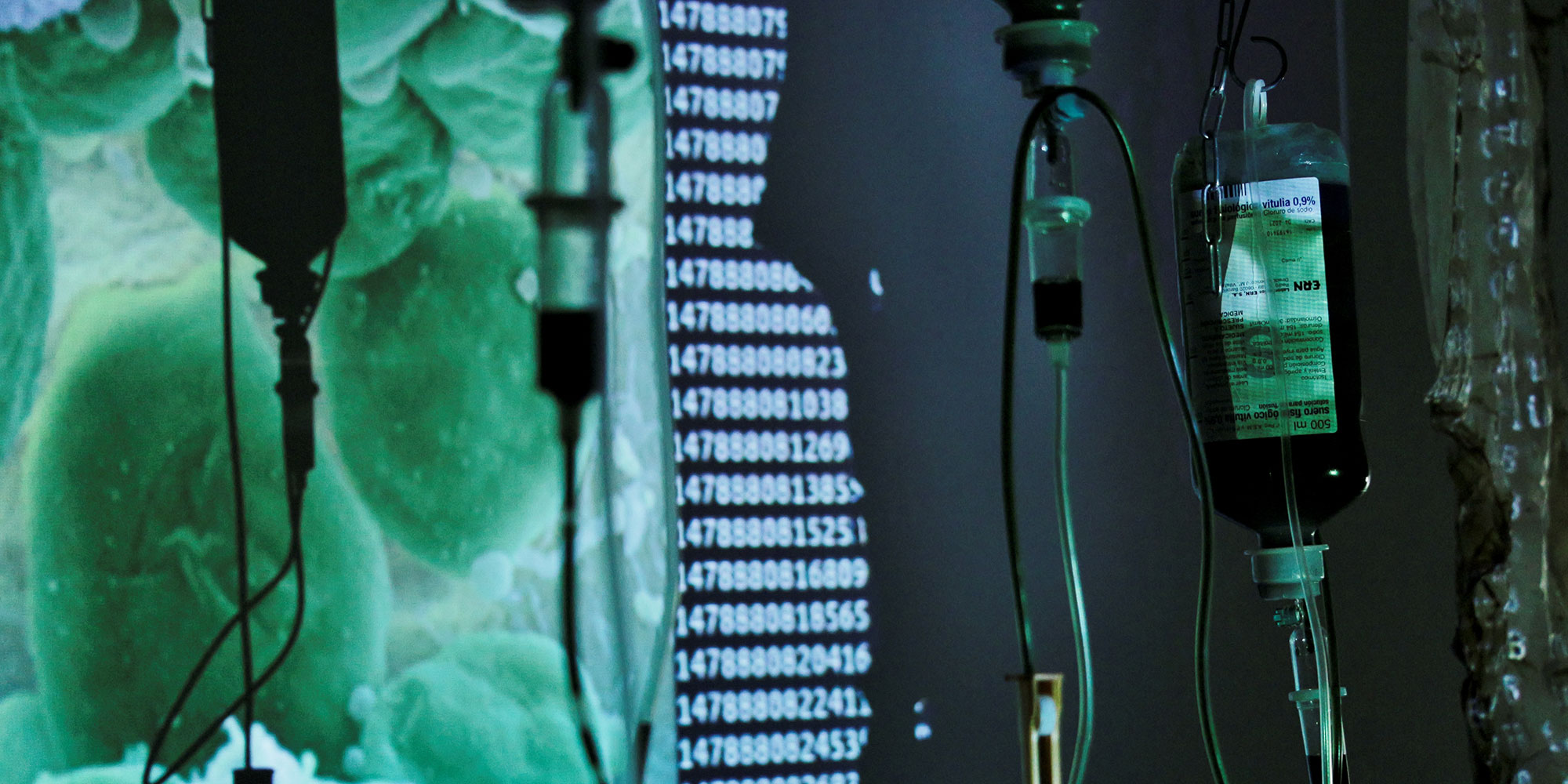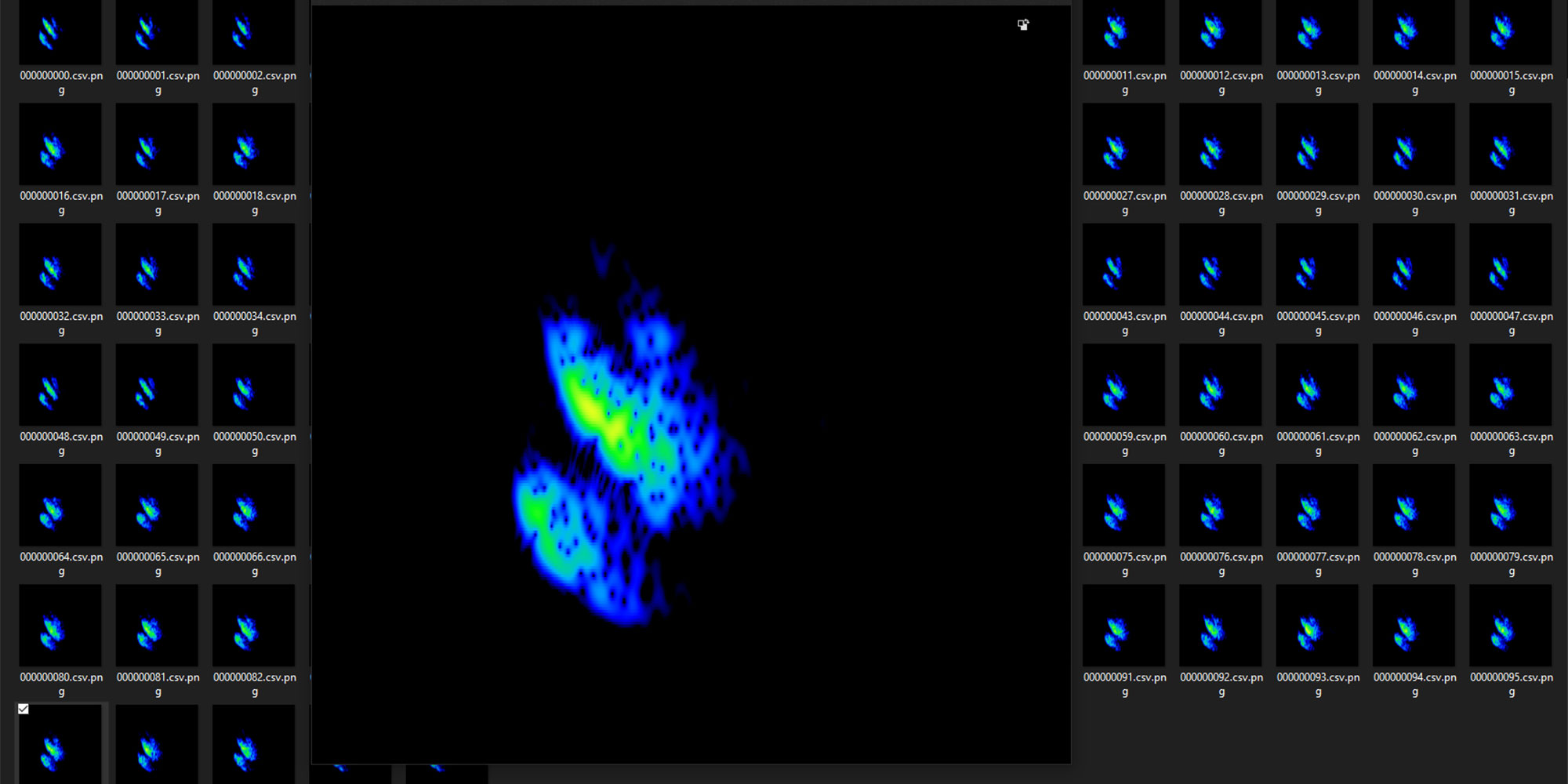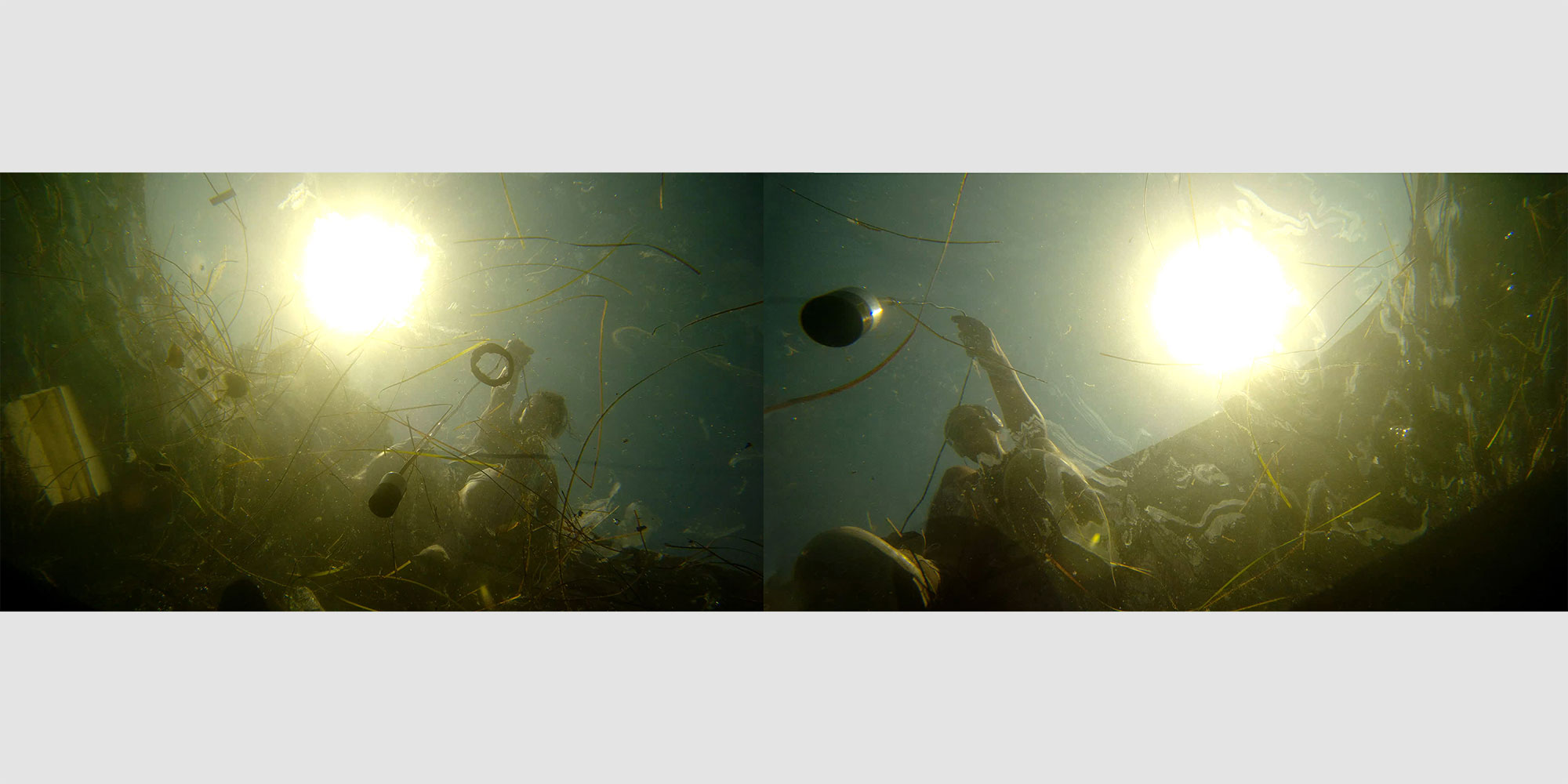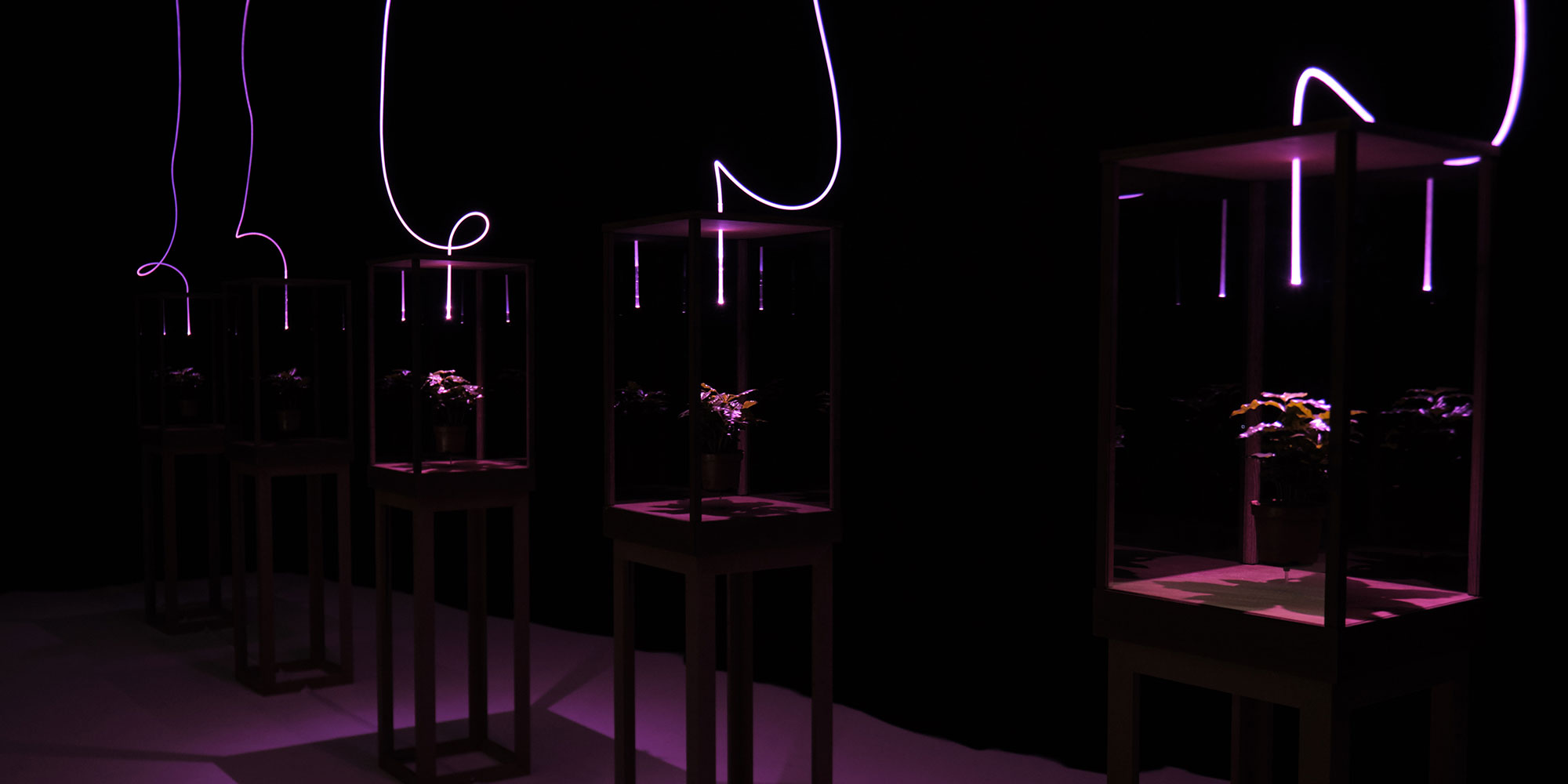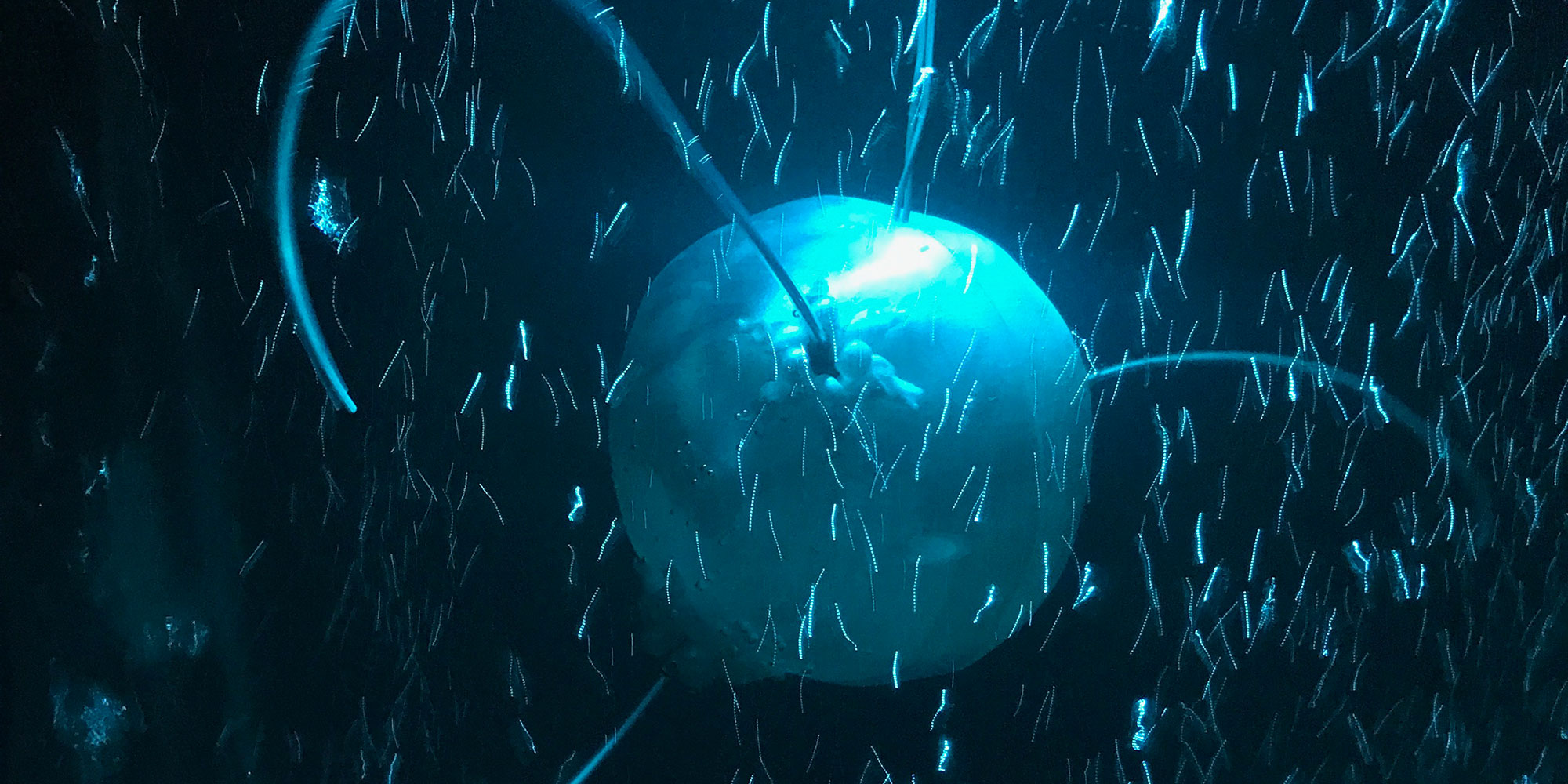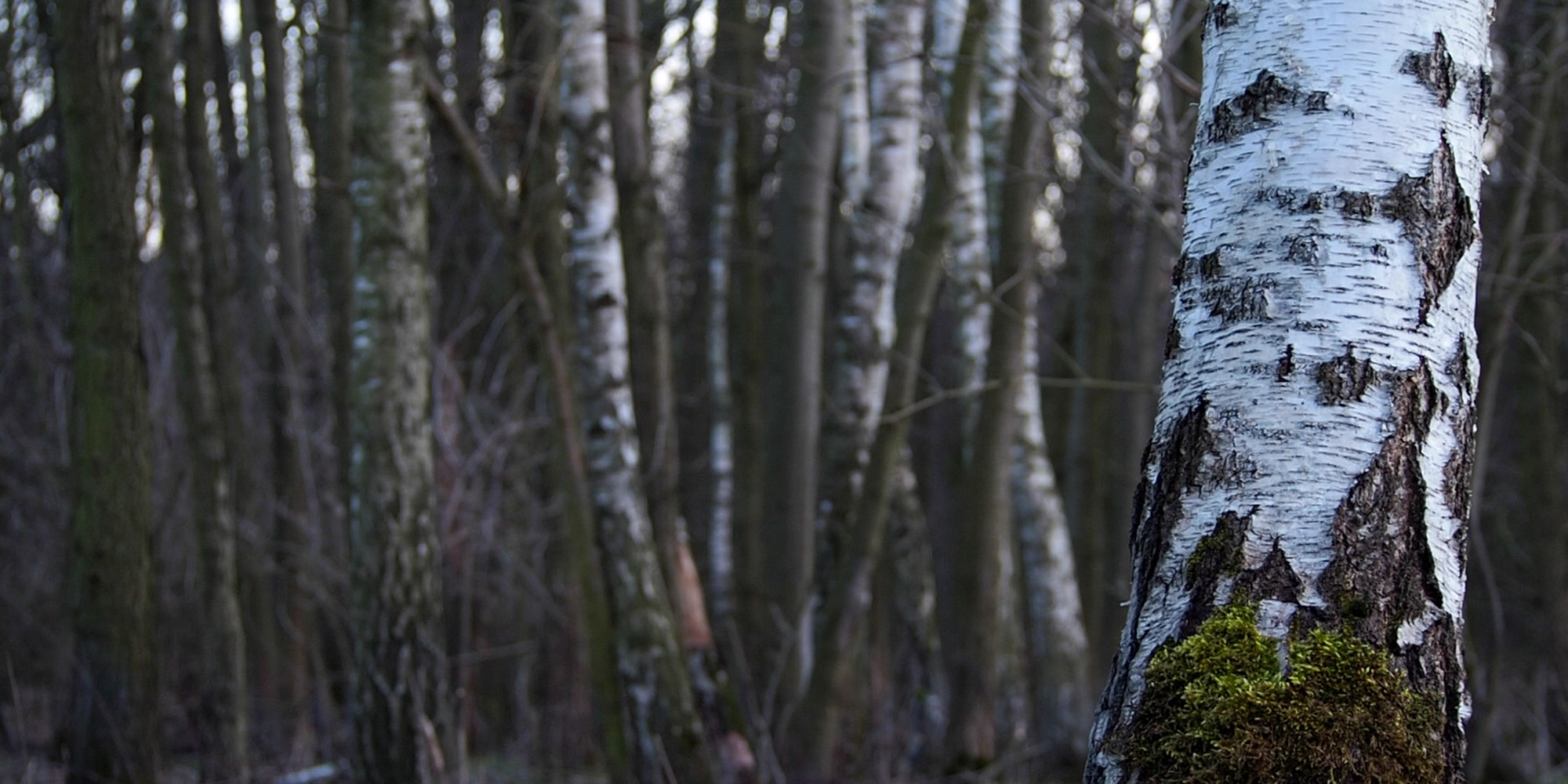Over the last few years, the EMAP/EMARE network of media arts organizations have produced a multitude of works dealing with life-science and cybernetics that examine the fragile ecological equilibrium of life on Earth. A few of these artists find inspiration from scientific discoveries like archaea, a group of unicellular micro-organisms believed to be the oldest form of life on Earth. Other sources of inspiration include the impact of pharmaceuticals on life in the water and the sonic vision of bats. These artistic explorations envision future evolution in magical and often transgressive ways. Through topics like pollution, interspecies communication, climate change, the “post-human” body and the Anthropocene, the KONTEJNER Garden project underlines the need for new values and morals. The project artists are not complacent or ignoring life, they are creating their own visionary narratives building on discourses of unity rather than division and embracing concepts like “human” and “nature”.
ARTWORKS:
Robertina Šebjanič (SI) and Gjino Šutić (HR)
aqua_forensic, 2018
aqua_forensic illuminates the invisible anthropogenic (pharmaceutical) chemical pollutants – residues of human consumption – “monsters” in the waters. The project combines art/science/citizen science in a “hunt for a phantom” and opens the discussion about our solidarity and empathy with waters beyond human perception. The project is presented as an installation, workshop, and public discussion with the intention to create new narratives in this art/science dialog.
Anna Dumitriu, Alex May (UK)
Archaeabot, 2018
ArchaeaBot is a prototype of an underwater robotic installation that explores what ”life” might mean in a post-singularity and post-climate change future. Based on new research on archaea (a group of unicellular micro-organisms believed to be the oldest form of life on earth adapted to life in extreme conditions) combined with the latest innovations in artificial intelligence and machine learning, the artists have tried to create the ”ultimate” species for the end of the world.
Tiziano Derme and Daniela Mitterberger (AT)
The Eye of the Other, 2019
The Eye of the Other explores non-verbal communication between humans and bats, through the study and translation of the bat’s sensorial systems. While humans distinguish fruit from foliage visually, via their ability to discriminate red and green acquired through biological evolution, bats do not rely on the primacy of the visual sense. Nectar feeding bats find flowers by sorting the environment using visual and sonar information. The Eye of the Other translates these fingerprints into audible frequencies and visual, sensual patterns comprehensible to human senses.
Taavi Suisalu (EE)
Waiting for the light, 2019
This installation departs from the fact that most intercontinental communication relies heavily on submarine fiber optic cables. This network carries threads of light as thin as a tenth of a human hair while being as essential to technological societies as the sun is for the plants. Baits introduced into these networks lure in threads of light from different parts of the globe. The Wardian cases function as miniature closed ecosystems and also as islands in the network between things – the Internet. Any device connected to this network becomes a target for automated processes – bots, whose motives are mostly unknown.
Quimera Rosa (FR/AR/ES)
Trans*Plant: an OncoMouse™ journey, 2019
Trans*Plant is a transdisciplinary project, initiated by Quimera Rosa in 2016, that utilizes living systems and is based on self-experimentation: it is a process that involves a “human & plant” transition in various formats. The project juxtaposes disciplines such as arts, philosophy, biology, ecology, physics, botany, medicine, nursing, pharmacology and electronics. Trans*Plant aims to develop a project relevant to the current debates surrounding the Anthropocene from a perspective not based on “human exceptionalness and methodological individualism” (Donna Haraway).
Kat Austen (UK/DE)
Stanger to the Trees, 2020
The multimedia project Stranger to the Trees explores the complementary coexistence of microplastics and trees as carbon sinks. How do trees and microplastics coexist in forests, capturing carbon in the time of the climate crisis? Combining video, interactive sound and sculpture, Stranger to the Trees queries the response of forest ecosystems to the ubiquitous and irrevocable dispersal of microplastics around the Earth. Austen is focusing on the coexistence of birch trees with microplastics and developing artistic and DIY scientific research methods to explore this.

